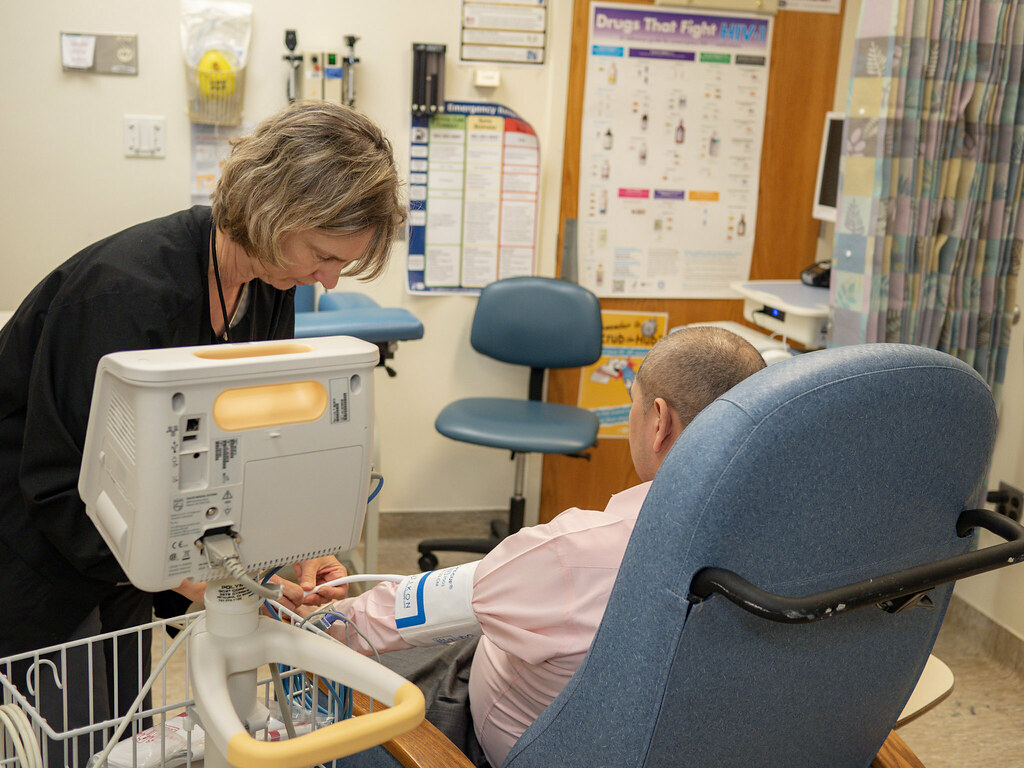I recently talked about what kind of grades and MCAT scores you need to get to be competitive for medical schools. But grades and MCAT scores are just the first things medical schools look at in an application. Grades and MCAT scores alone will never get you admitted to medical school. So what are the non-academic requirements for medical school admissions?
There are three basic requirements for medical school admissions beyond grades and MCAT scores. The first is clinical volunteering. This is simply volunteering in a health care setting where you are working with patients in some capacity. Volunteering as an EMT is one example. Working as a medical scribe is another. Most scribe positions are paid jobs but can still be used for this clinical exposure since the pay is not a significant factor in why a person would take the job. Medical schools want to see clinical volunteering because it confirms your interest in medicine and in helping others without pay being the motivating factor. The longer and more consistently you are involved with this activity, the stronger your application.
The second requirement medical schools want to see is exposure to research. Most commonly this occurs by doing research with a professor at the college you attend. Most students will do research for a summer or a term which is usually fine. But, if you enjoy research, participating in research over a period of years will make you a stronger candidate. Why? Because the longer you do any activity, the stronger that part of your application appears. That doesn’t mean you have to have years of research experience to be a competitive candidate to medical school. But if you don’t have years of research experience, you should have years of experience in some other area such as clinical volunteering.
Doctor shadowing is the third requirement for medical school admissions. This activity is somewhat different from the first two I have discussed because longer time periods of doctor shadowing does not make you more competitive and in fact might hurt your application. I generally advise students try to get about 40 to 60 hours of doctor shadowing experience. Over a hundred hours is probably going to hurt your application.
To understand why, you need to know why medical schools want to see doctor shadowing. Doctor shadowing exposes you to the life of a physician. Medical schools want to make sure you understand this well before committing to becoming a doctor. It is that simple. Shadowing is at its heart a passive activity. Medical schools would much prefer to see you involved in something like clinical volunteering or research where you are actually accomplishing something.
Those are the basic requirements medical schools want to see after strong grades and MCAT scores. However, other issues can also come into the evaluation of a medical school application. Leadership and maturity are also things that most medical schools want to see and having evidence of those in your application will make you a stronger candidate. Exposure to populations with different backgrounds and cultures from your own is also something medical schools favor. This might involve volunteering in international settings but it can just as easier occur in a local organization devoted to helping underserved populations.
Without strong grades and MCAT scores, it is unlikely you will get admitted to medical school. But, these non-academic activities are equally important when it actually comes down to deciding who to admit to medical school. Keep this in mind as you progress through college and wonder what you should be doing to be a strong candidate for medical school admissions.

[…] has applied to medical school knows one way to get admitted. The way they took. However, there are thousands of ways to get admitted and if you just understand one way, you may be missing out on other ways that would be great for […]